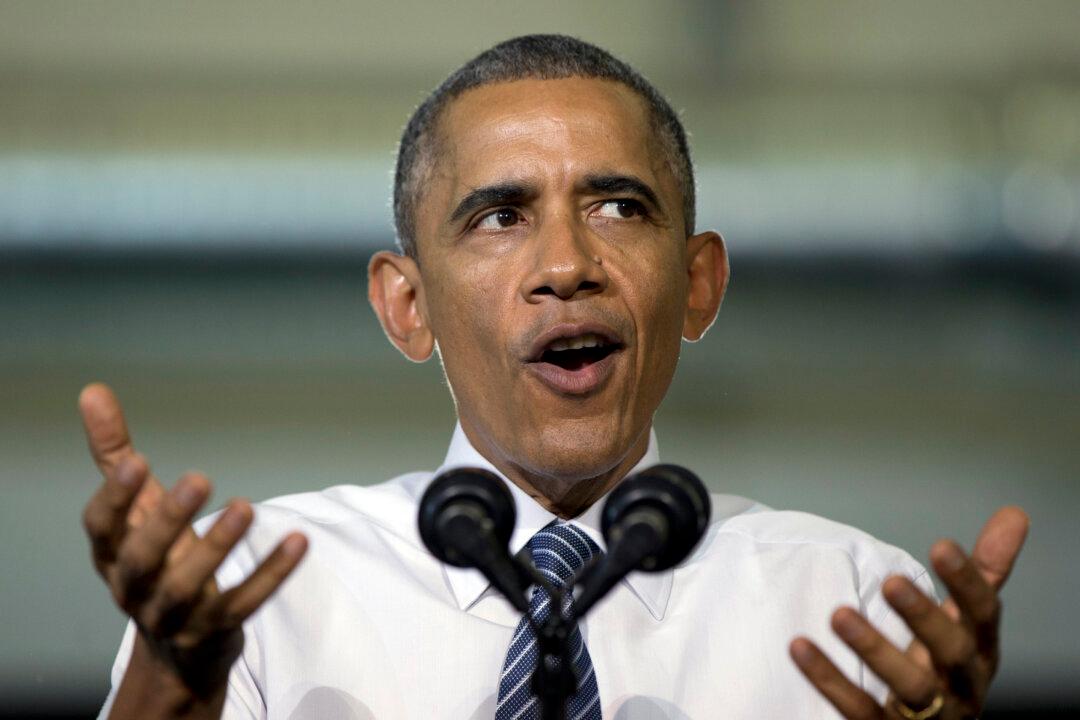Americans owe the federal government a total of $1.1 trillion in student loans, and despite more generous repayment terms, the nation is seeing an uptick in loan defaults.
The Obama administration’s recent budget proposal revises upward by 2.5 percent its expectation for student loan defaults. A full 25.3 percent of unsubsidized undergraduate student loans are expected to default at some point during the repayment period. That matches an expected 24.6 percent for subsidized loans.
To compare, the average delinquency rate on consumer loans at U.S. banks was just 2.21 percent in the third quarter of 2014, the most recent period for which data is available.
Based on these abysmal loan repayment expectations, a simple calculation predicts the government will lose approximately $275 billion of what it has already lent to students and their parents, and that number will grow as loans increase in the coming years to cover rising tuition costs.
According to the Department of Education and the National Center for Education Statistics, the average cost of a 4-year college degree at a public institution, including tuition and room and board, was $15,918 in the 2012-13 school year.
At private institutions the cost is much higher, at $32,617.


